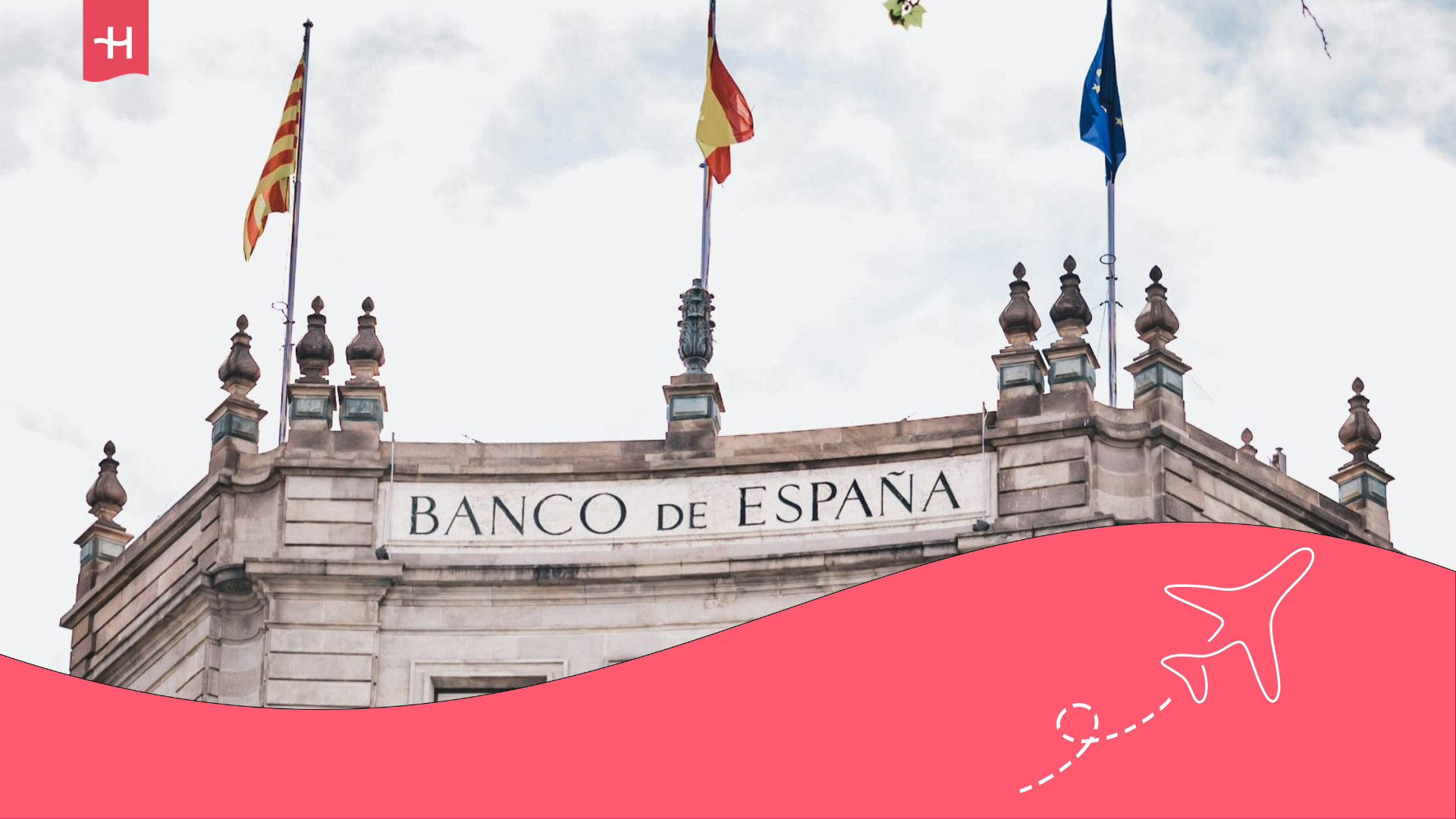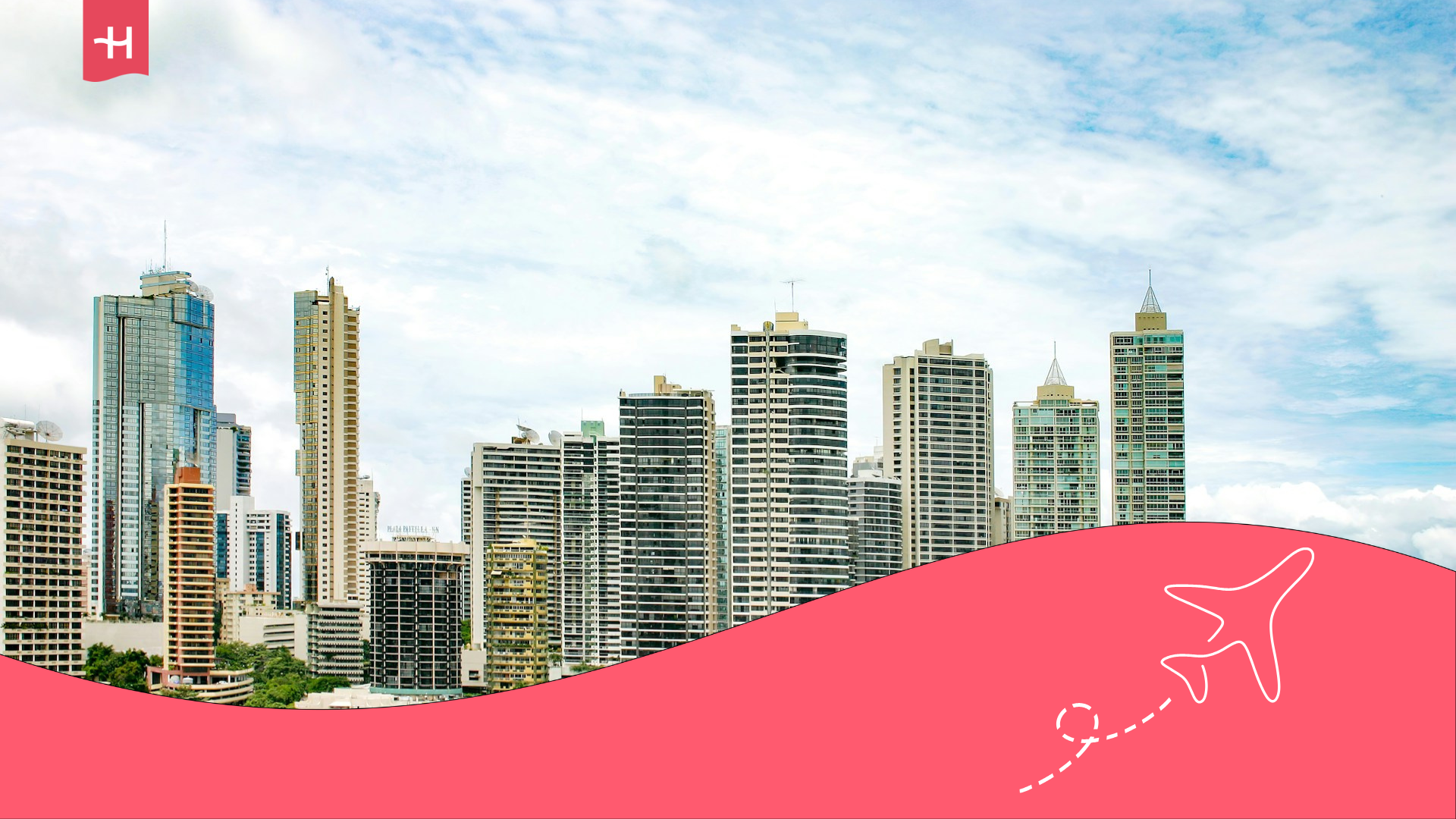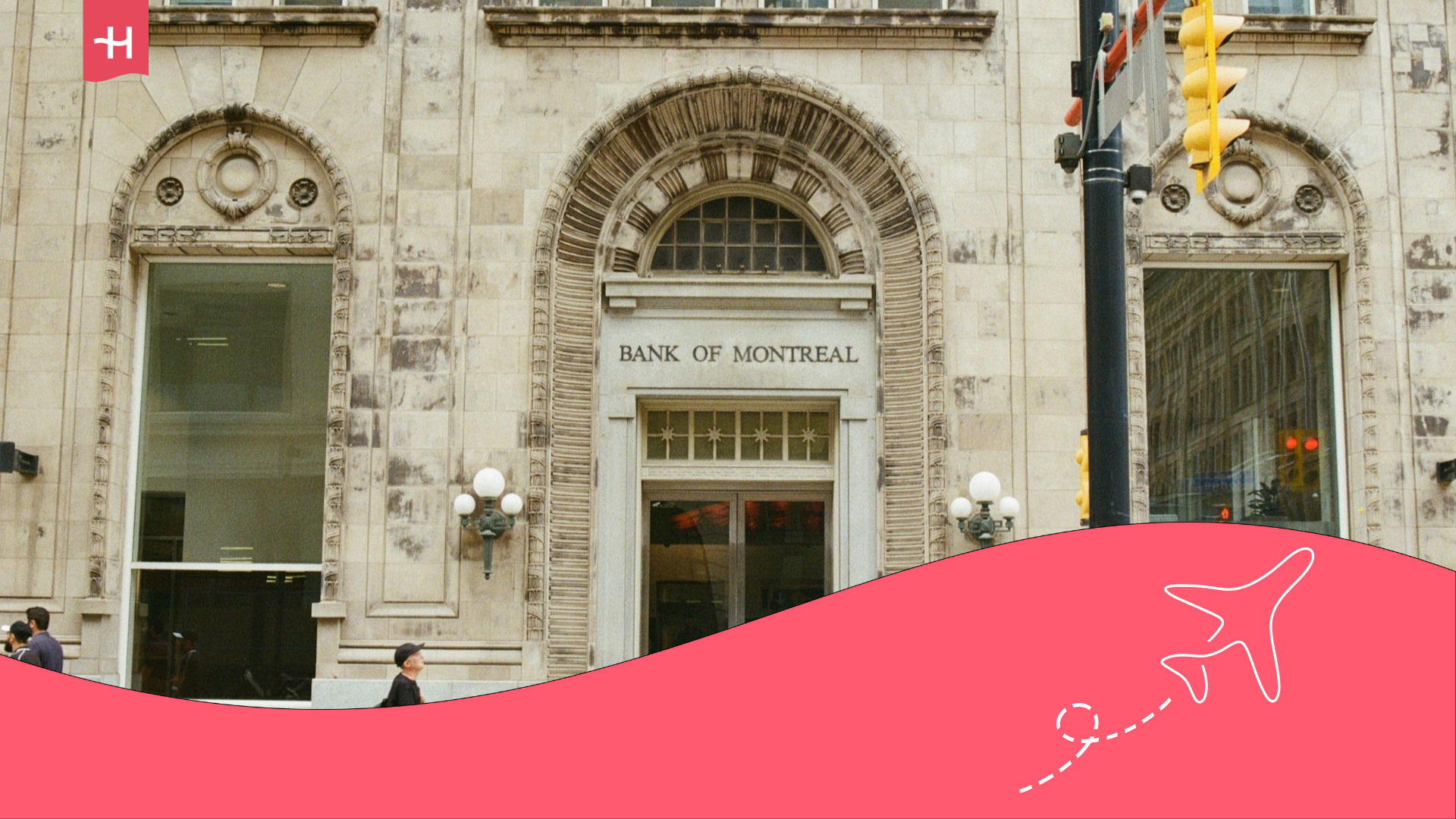Cost of living in Romania: Food, transport, and more
Complete guide to the cost of living in Romania: rent, food, healthcare, transport, connectivity, and leisure – all the info in one place.
The cost of living in Romania surprises many travellers and expats: it’s one of Europe’s most affordable countries while still offering good quality of life. From the vibrant streets of Bucharest to the quiet villages of Transylvania, the country offers affordable rents, cheap transport and plentiful food at moderate prices. However, final spending depends on lifestyle and chosen city, since living in the capital differs from Cluj-Napoca or Sibiu.
This guide provides updated information on housing, food, transport, healthcare and leisure, so you can calculate a realistic budget before packing.
Cost of living in Romania: Housing prices
Finding somewhere to live in Romania isn’t difficult, but you must understand how prices vary by city and property type.
Bucharest concentrates the widest supply, but also the highest costs, while cities like Timișoara, Iași or Brașov offer cheaper options without sacrificing quality. Whether you stay several months or plan long-term residence, Romania’s housing market offers modern central flats and older spacious homes in suburban areas. Let’s review some options with their prices.
1- Furnished apartments
Renting a furnished flat is ideal if you want to move in immediately without extra furniture expenses. It’s popular among expats, international students and temporary workers moving to the country for a season or permanently.
Prices vary significantly by city and location: in Bucharest, a one-bedroom central flat costs $550–750 (€510–700) monthly, while suburban areas drop to $400–500 (€370–470). In smaller or university cities like Cluj-Napoca or Iași, prices are lower: from $350 (€330) for a central flat and $250–300 (€230–280) in peripheral districts.
Most contracts include basic furniture, appliances and sometimes services like internet or cable TV, though utilities usually cost extra.
2- Cost of living in Bucharest: Airbnb rentals
Airbnb offers flexibility if you’re in Romania for a short period (for example, a course of two or three weeks), or if you prefer avoiding traditional leases. Unlike monthly furnished rentals, Airbnb rates include all services (electricity, heating, internet) and require no deposit, attracting travellers and remote workers wanting easy, contract-free accommodation.
A full flat in Bucharest costs $30–60 (€28–56) per night, though monthly bookings often drop to $750–1,200 (€700–1,120). In smaller cities like Sibiu or Brașov, rates fall to $20–40 (€18–37) nightly, with monthly stays around $500–800 (€470–750).
Airbnb’s main advantage over traditional rentals is flexibility: you can easily switch cities, test different neighbourhoods and avoid installation costs. However, long stays remain cheaper in furnished apartments.
3- Coliving in Romania
Although coliving isn’t widespread in Romania yet, Bucharest now offers options designed for digital nomads and expats. These combine private or shared rooms with common areas to work and socialise, ideal for those seeking community while living in the country. If you want affordable housing plus social connections, coliving is your best option.
In Bucharest, Podstel Bucharest offers private rooms from $550 (€515) monthly and shared dorms from $350 (€328), including high-speed WiFi, weekly cleaning and community events. Another option is First Coliving Bucharest, with monthly prices between $600–900 (€560–840), depending on room size and included services.
In tourist cities like Cluj-Napoca or Brașov, supply is limited, but some hostels and shared flats have adopted coliving for one- to three-month stays, costing $400–700 (€375–655) monthly.
4- Student residences in Romania
Student residences are among Romania’s cheapest housing options, especially in university cities like Bucharest, Cluj-Napoca, Timișoara and Iași. Most are run by universities and mainly serve enrolled students, though some accept foreign youths on exchange or short stays.
Prices vary by room type and services. A basic shared room costs from $90 (€84) monthly, while a private room with ensuite and shared kitchen ranges $200–300 (€187–280). These rates usually include water, electricity and heating, though internet may cost extra (about $10 or €9 monthly).
Residences are usually near faculties, with quick public transport access. Demand is high, so apply early, especially for September’s academic start.
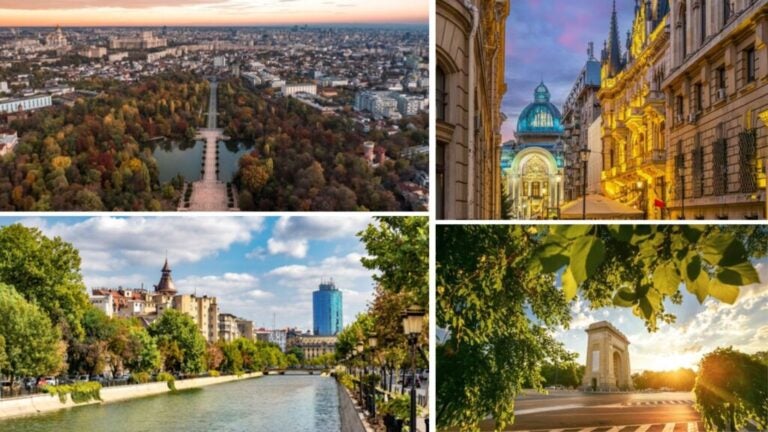
Food in Romania: Surprisingly cheap spending
Food prices barely affect the cost of living in Romania. Eating here is cheaper than most of Western Europe, even in large cities. Whether you cook at home or eat out, you’ll manage a moderate budget without losing variety.
At supermarkets like Carrefour, Mega Image or Lidl, a monthly shop for one person costs $150–250 (€140–234), depending on brand choice. Fruit, vegetables and bread are particularly cheap, especially in local markets.
Here’s a table with approximate supermarket prices across the main chains (Carrefour, Mega Image, Lidl, Kaufland):
| Product | Price in USD | Price in EUR |
|---|---|---|
| Fresh bread (500 g) | 0.90 | 0.85 |
| Milk (1 L) | 1.10 | 1.02 |
| Eggs (dozen) | 2.00 | 1.87 |
| Chicken (1 kg) | 5.50 | 5.15 |
| Beef (1 kg) | 9.80 | 9.18 |
| Local cheese (1 kg): | 6.70 | 6.28 |
| Rice (1 kg) | 1.50 | 1.40 |
| Apples (1 kg) | 1.30 | 1.22 |
| Tomatoes (1 kg) | 2.00 | 1.87 |
| Mineral water (1.5 L) | 0.75 | 0.70 |
Food prices in Romania
Eating out is also affordable: A set lunch menu costs around $8 (€7.50), while dinner for two in a mid-range restaurant with wine is about $40 (€37). Cafés and bakeries serve full breakfasts under $5 (€4.70).
Moreover, Romanian cuisine offers plentiful cheap dishes, like “ciorbă” soups or “sarmale” (cabbage rolls with meat and rice).

Transport in Romania: How much it costs to move around
Getting around Romania is quite affordable compared with other European countries. In Bucharest, Cluj-Napoca, Timișoara or Brașov, you’ll find buses, trams and trolleybuses well connected and cheap. The metro, present mainly in the capital, is fast and efficient for long distances across the city.
Here’s a list of approximate reference prices:
- Single public transport ticket: $0.70 (€0.65).
- Unlimited monthly pass: $18 (€17).
- Taxis: Cheap, with starting fare $0.70 (€0.65) and average $0.60 (€0.56) per kilometre.
- Apps like Bolt and Uber: Available in several cities, often matching taxi prices or cheaper on short trips.
For intercity travel, trains and buses are the most common options. A Bucharest–Cluj train ticket starts from $25 (€23.40) in standard class, while buses are slightly cheaper.
If you prefer flexibility, renting a car costs $30–40 (€28–37) per day, convenient for rural or remote destinations.
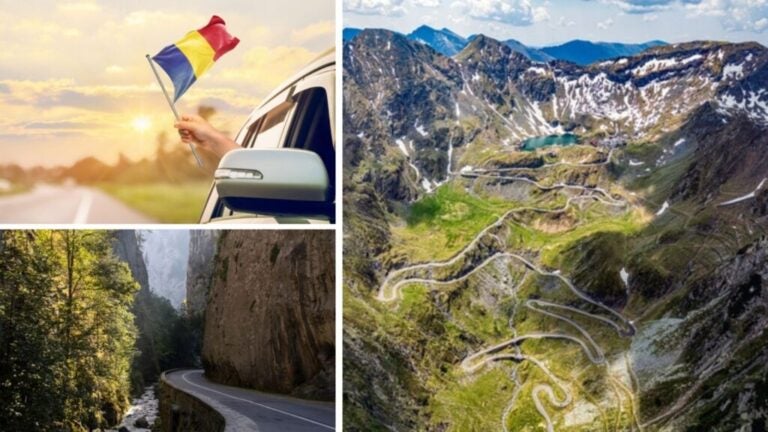
Cost of living in Romania: Healthcare and medical services
Romania’s healthcare mixes public and private options, though quality and speed are usually higher in private clinics, especially in Bucharest, Cluj-Napoca or Timișoara. Foreign residents can use public care, but many choose private insurance to skip waiting lists and enjoy modern facilities.
Regarding costs, a private medical consultation ranges $20–50 (€18–46), depending on specialist and city. A basic blood test costs around $15 (€14), while a full check-up is $100–200 (€92–184). Dental care is cheaper than much of Western Europe: a professional cleaning costs $30 (€28) and root canal $60–120 (€55–110). So, although not the cheapest, healthcare remains more affordable than in many Western countries.
Private medical insurance for foreigners ranges $50–100 (€46–92) monthly, covering consultations, emergencies and hospital stays. You can get policies from local or international insurers operating in Romania.
If you’ll settle long-term, private health insurance is the smartest choice. For shorter stays, travel insurance with medical cover of at least €30,000 is advisable.
Connectivity in Romania and best option for travellers
Staying connected in Romania is easy and cheap thanks to wide mobile, fixed internet and eSIM options. In major cities like Bucharest, Cluj-Napoca or Timișoara, 4G coverage is excellent and 5G is widely available. Even in rural areas, the signal is stable, though speeds may drop.
For mobile internet, main providers are Orange, Vodafone and Digi Mobil, with very competitive data packages. A monthly 50 GB plan costs $5–8 (€4.60–7.40), while unlimited plans start at $12 (€11.10). Prepaid bundles with minutes and SMS are also available, ideal for short stays.
Fibre-optic internet is fast and cheap, usually above 300 Mbps. A basic plan costs about $10 (€9.30) monthly, while premium 1 Gbps+ packages cost around $15 (€13.90).
Holafly Plans: The best alternative for travellers
If you’re staying briefly in Romania, a Holafly eSIM is the easiest choice. You’ll enjoy unlimited data on arrival, without buying a SIM or visiting local shops. For €3.79/day you can travel across Romania with 4G and 5G access, worry-free.
If you’ll stay longer for remote work, study or travel, Holafly Plans is your best ally. You’ll get unlimited data not only in Romania but in over 160 countries worldwide. Ideal if you have several destinations in mind. It works with one monthly-renewable subscription, hassle-free. If your trip ends early, cancel anytime without penalties.
The cost? The Unlimited plan costs $64.90 (€60). Yearly subscription reduces it to $50.50. Considering the benefits, it’s great value.
Holafly accompanies you across Romania and worldwide!
Important: If you are a frequent traveler and want to stay connected without worrying about expensive roaming or looking for a new SIM at every destination, Holafly’s subscription plans are for you. With a single eSIM, enjoy internet in more than 160 countries for a fixed price and no surprises on your bill. Travel without limits and connect easily and securely! 🚀🌍

Leisure and entertainment in Romania: How much you’ll spend to enjoy
Living in Romania isn’t only rent and food; the country offers many cultural, historical and natural activities for every taste. From concerts in Bucharest to medieval castles or hiking in the Carpathians, options suit all budgets.
For low-cost plans, museums offer free entry on certain days, alongside festivals and urban walking tours. If your budget allows, paid activities like guided tours, monuments or exclusive dining remain cheaper than Western Europe. Here are examples:
| Activity | Price in USD | Price in EUR |
|---|---|---|
| Bran Castle entry | $12 | €11,1 |
| Parliament Palace entry (Bucharest) | $10 | €9,3 |
| Day tour to Sighișoara | $50 | €46,3 |
| National Art Museum entry (Bucharest) | $5 | €4,6 |
| Cinema session | $6 | €5,6 |
| Monthly gym membership | $30 | €27,8 |
| Glass of wine in bar | $4 | €3,7 |
| Local festival or food fair | Free – $5 | Free – €4.60 |
Costs of popular leisure activities in Transylvania
Our conclusions about Romania’s cost of living
The cost of living in Romania is attractive for those seeking a European experience with lower prices than the west. Housing, food, transport and leisure remain affordable, allowing good quality of life without excessive budgets.
Cities like Bucharest, Cluj-Napoca or Timișoara offer vibrant culture, strong connectivity and modern services, while rural areas provide tranquillity and very low costs. Although local salaries are lower than Western Europe, for expats, digital nomads and international students, the balance between spending and lifestyle is excellent.
In summary, Romania combines history, nature and modernity in an affordable environment for anyone wishing to settle or stay long-term without overspending.
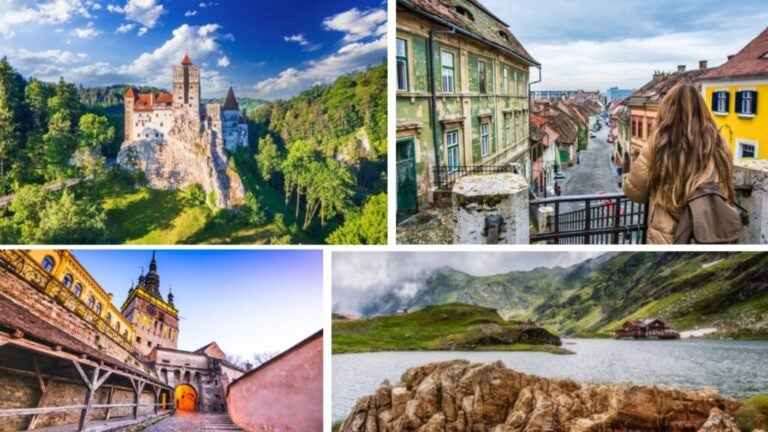
FAQs about Romania’s cost of living
The monthly budget for one person in Romania varies by city and lifestyle, but averages $800–1,200 (€740–1,100). This includes rent for a one-bedroom flat in a central area, food, transport, utilities, internet and some leisure. In smaller cities, costs drop by 20%, while in Bucharest or Cluj-Napoca expenses are slightly higher.
The official currency is the Romanian Leu (RON). Notes exist in 1, 5, 10, 50, 100, 200 and 500 lei, plus coins. Although the euro isn’t legal tender, many tourist zones and high-end hotels accept it, though exchange rates are worse than banks or official exchanges.
In Romania’s main cities, credit and debit cards (Visa, Mastercard and some American Express) are widely accepted in hotels, restaurants, supermarkets and shops. In rural areas or local markets, cash is preferred. Always carry some lei in cash for small expenses.
One of Romania’s most iconic sites is Bran Castle, known as “Dracula’s Castle”. Located near Brașov, it attracts thousands annually. General entry costs about $11 (€10) for adults, with discounts for students and retirees. Besides its history and architecture, the castle offers spectacular Carpathian views and medieval exhibits.
Yes. Romania has many parks and reserves, most with free access. Highlights include Retezat National Park and Apuseni National Park, offering trails, glacial lakes and mountain landscapes at no entry cost. Some protected areas charge symbolic fees for trail maintenance, especially in high season.





 Language
Language 


















 No results found
No results found




